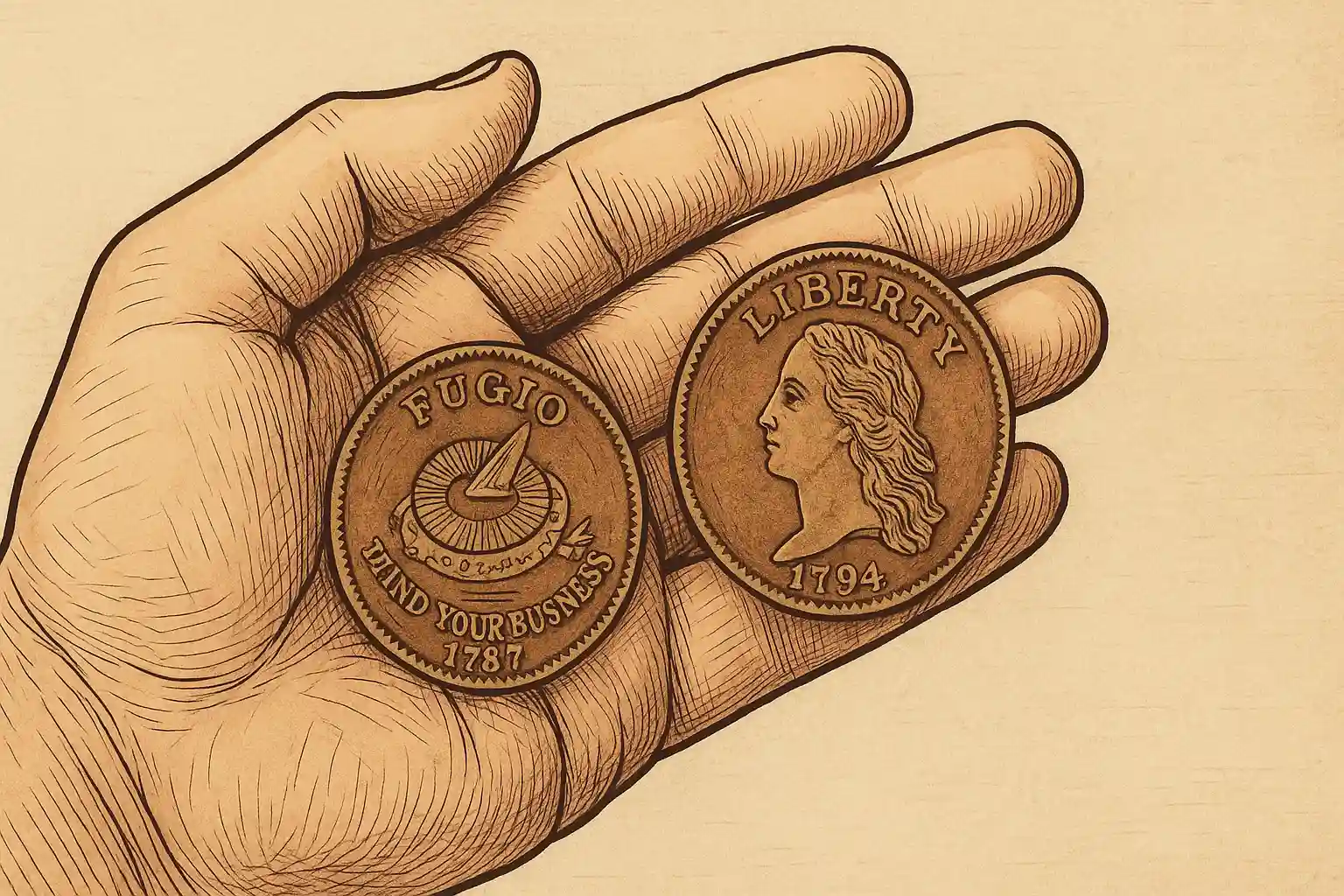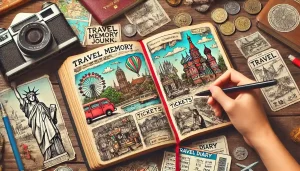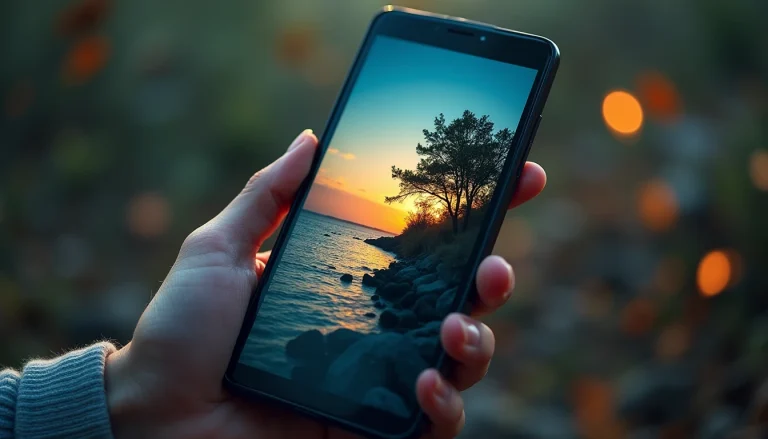The 18th century was a revolutionary period in every sense of the word—from political uprisings to scientific discovery—and this momentum didn’t bypass the world of coinage. For the United States, freshly emerged from colonial rule, minting its own currency was a declaration of identity, independence, and stability. The result? A series of fascinating and highly collectible coins that have stood the test of time, both in metal and meaning.
Today, these coins are not just collector’s items—they’re tangible echoes of the past, etched with symbolism and steeped in national history. While many coins have corroded or vanished over the centuries, some have aged like fine wine. Let’s look at some of the most impressive examples and find out the true Fugio cent value.

The Numismatic Significance of the 1700s
Why do coins from this era remain so coveted? A few compelling reasons:
- Historical Context: Minted around the American Revolution and the country’s formative years, these coins were more than just currency—they were tools of sovereignty and nation-building.
- Rarity and Survival: Coin production was limited in the 1700s, and the survival rate of coins in collectible condition is incredibly low.
- Design and Craftsmanship: The artistic flourishes and experimental techniques of the 18th century gave rise to some of the most creative coinage designs in American history.
Among these storied coins, one in particular shines through as a milestone in U.S. numismatics—the Fugio Cent.
The Fugio Cent: America’s First Official Coin
Issued in 1787, the Fugio cent holds the distinction of being the first coin officially authorized by the United States under the Articles of Confederation. It’s a coin that speaks not only in monetary terms but also in philosophical tones. And perhaps that’s exactly what Benjamin Franklin intended when he designed it.
Symbolism Engraved in Copper
At first glance, the coin seems simple: a sundial above the word Fugio, a Latin phrase meaning “I fly,” paired with the phrase Mind Your Business. But dig deeper, and the messages multiply.
- Fugio (Time Flies): A reminder that time is fleeting—a nudge to make the most of one’s days.
- Mind Your Business: Far from being a modern rebuke, this was Franklin’s way of promoting industriousness and commerce.
- 13 Linked Rings on the Reverse: Representing the original 13 colonies, this design powerfully underscores the unity and collective strength of the young republic.
- Motto: We Are One: A direct affirmation of national solidarity in a time of political fragility.
This wasn’t just pocket change—it was a compact declaration of America’s ideals.
Why the Fugio Cent Is So Valuable
Even in its most worn state, the Fugio cent can command hundreds of dollars. But certain rare varieties and minting anomalies push its value into five-figure territory. Here’s a breakdown of how condition influences price:
| Condition | Value Range | Details |
| Poor | $400–$600 | Worn but identifiable |
| Fine (F-12) | $800–$1,200 | Clearer details, visible motto |
| Very Fine (EF-40) | $2,000–$3,000 | Minimal wear, sharp features |
| Uncirculated (MS-60+) | $5,000–$10,000+ | No wear, exceptional preservation |
But condition isn’t the only variable. Rarity plays a massive role. Specific state types—like the New Jersey or Connecticut versions—and production errors can significantly spike a coin’s value. A top-tier example might even appear at a high-end auction with price tags exceeding $10,000.
The Fugio cent is more than a numismatic gem; it’s a tangible connection to Benjamin Franklin’s vision of an industrious, time-conscious republic.

While the Fugio cent stands as the symbolic cornerstone of early American coinage, it is just one star in a constellation of remarkable 18th-century U.S. coins. Some of these were experimental issues, others were privately minted, but all of them share a common trait: immense historical and collector value.
Let’s delve into the most sought-after cents and dollars from the late 1700s, exploring the craftsmanship, innovation, and astronomical prices behind them.
At-a-Glance Comparison Table
| Coin | Year | Notable Sale Price | Significance |
| Fugio Cent | 1787 | $10,000+ (rare varieties) | First official U.S. coin, Franklin-designed |
| Silver Center Cent | 1792 | $352,500 | Experimental U.S. Mint prototype |
| Birch Cent | 1792 | $517,000–$2.5M | Rare artistic pattern coin |
| Brasher Doubloon | 1787 | $5M–$9.36M | Private gold coin, legendary status |
| Flowing Hair Dollar | 1794 | $1M–$10M+ | First U.S. silver dollar, extremely limited mintage |
1792 Silver Center Cent
An ambitious fusion of metal and meaning, the 1792 Silver Center Cent is not only visually unique but historically experimental.
- What Makes It Special: This was an early attempt to match the coin’s intrinsic value with its face value—by inserting a silver plug into the copper planchet.
- Historical Role: Struck as part of the U.S. Mint’s foundational tests, these coins helped establish size and weight standards for later cents.
- Auction Record: In 2016, a pristine specimen sold for $352,500.
- Collector’s Insight: Extremely rare, with only a dozen or so known examples, it is a dream piece for elite numismatists.
1792 Birch Cent
Sleek, elegant, and engraved by Robert Birch, this coin represents one of the first artistic statements by the young U.S. Mint.
- Design Notes: It features the motto “Liberty Parent of Science & Industry,” showcasing Enlightenment ideals central to the Founding Fathers.
- Prototypical Nature: Created as a pattern coin, the Birch Cent was never issued for circulation but was instrumental in design deliberations.
- Auction Prices: From $517,000 for circulated examples to $2.5 million for uncirculated rarities.
- Why It Matters: The Birch Cent bridges the gap between political philosophy and tangible currency, making it as intellectually significant as it is rare.
Brasher Doubloon (1787)
A legend in American numismatics, the Brasher Doubloon is the stuff of treasure hunters’ dreams. Struck not by the U.S. Mint but by goldsmith Ephraim Brasher, this privately minted coin holds immense prestige.
- Gold Composition: Struck in nearly pure gold, it was far richer than most contemporary coinage.
- Symbolism: Featuring the state seal of New York and the American eagle, it blended state pride with national ambition.
- Sales History: One example sold in 2021 for $9.36 million—making it one of the most valuable coins ever sold.
- Cultural Status: The Brasher Doubloon isn’t just rare; it’s mythic. It’s been featured in novels, museums, and numismatic lore for over two centuries.
1794 Flowing Hair Dollar
The first official U.S. silver dollar, the 1794 Flowing Hair Dollar holds immense historical significance. With only 1,758 coins minted, its rarity is paired with powerful symbolism.
- Design Details: Lady Liberty on the obverse, an eagle on the reverse. The design reflects neoclassical aesthetics prevalent at the time.
- Why It’s Special: Believed to have been minted on George Washington’s personal press, some historians suggest he even witnessed the coin’s production.
- Record Sale: In 2013, a nearly flawless example sold for over $10 million, breaking world records.
- Collector Demand: Its scarcity and foundational status make it one of the most desired coins in the world.
What Drives These Coins’ Value?
Several overlapping factors elevate these coins far beyond their face value:
- Low Mintage: Many were produced in extremely small quantities—sometimes fewer than 100.
- Historical Firsts: Being the “first” in any category (e.g., first dollar, first cent, first gold coin) drives up demand.
- Condition and Preservation: Coins in Mint State or with minimal wear fetch exponentially higher prices.
- Unique Variants: Coins with die variations, experimental compositions, or private minting add a layer of collectibility.
- Cultural Iconography: These coins tell the story of America’s birth through symbols, mottos, and early design language.
How to Identify, Appraise, and Start Collecting 18th-Century Coins Today
Owning a piece of the 18th century is no longer reserved for museum curators or millionaire collectors. With the right tools and knowledge, even beginner numismatists can discover and evaluate these historical treasures. Whether you’ve inherited an old coin, stumbled upon one in an estate sale, or are starting a serious collection, learning how to identify and appraise valuable cents and dollars is the key to unlocking their full potential.
The Basics of Coin Identification
Before you can determine a coin’s value, you need to know what you have. 18th-century coins often lack uniformity, and distinguishing between a rare prototype and a common replica requires a trained eye—or at least, the right tools.
Here’s what you should look for when examining any coin from the 1700s:
- Date and Denomination: Is the date legible? Even partially visible digits can help identify a coin.
- Design Details: Compare features such as Liberty’s hair style, eagles, or mottos to known varieties.
- Metal Composition: Copper, silver, or gold? Some rare coins (like the Silver Center Cent) include mixed metals.
- Weight and Diameter: Deviations from standard specs may point to fakes or rarities.
- Edge Inscriptions: Some early coins have lettering or patterns along the edge that help verify authenticity.
If you’re unsure, avoid guesswork. A misidentified coin could mean the difference between pocket change and a five-figure payday.
Using the Coin ID Scanner App
Modern collectors have a powerful advantage that 18th-century numismatists could only dream of: AI-powered identification apps. The Coin ID Scanner app is one of the most advanced tools available today for identifying and appraising coins in seconds.
🔍 How It Works:
- Take a Photo: Use your smartphone to take clear pictures of the coin’s obverse and reverse.
- Scan: Upload the image into the app. The scanner analyzes engravings, size, and surface features.
- Identify: The app matches your coin against a database of over 150,000 entries, including rare variants from the 18th century.
- Appraise: You’ll receive a quick value estimate based on condition, minting details, and recent auction results.
Why It’s Useful:
- Beginner-Friendly: No numismatic expertise needed to get started.
- Accuracy: The app cross-references mint marks, design anomalies, and historical data.
- On-the-Go Appraisals: Instantly know if you’re holding a high-value coin at a flea market or estate sale.
For coins with potentially high value (especially those from the 1700s), follow up with a physical appraisal by a certified expert.
Tips for Collecting 18th-Century Coins
If you’re inspired to start—or expand—your collection of early American coins, follow these best practices:
- Start with a Focus: Choose a category (e.g., colonial coins, federal issues, or specific decades) to build depth over time.
- Buy from Reputable Dealers: Avoid online listings without certification or return guarantees.
- Study Before You Buy: Learn about common fakes and reproduction coins.
- Preserve Properly: Store in acid-free holders and avoid touching coin surfaces directly.
- Track Your Collection: Keep a digital record of condition, purchase prices, and appraisals to monitor value.
Collecting coins from the 18th century is more than a hobby—it’s a way to hold a piece of history in your hands.
From the revolutionary symbolism of the Fugio cent to the record-breaking Brasher Doubloon, 18th-century American coins represent a thrilling intersection of politics, artistry, and monetary innovation. These are not merely old coins—they are living stories, minted during the birth of a nation, carried through centuries, and rediscovered today by collectors who value both rarity and meaning.
And now, thanks to tools like the Coin ID Scanner app, identifying and evaluating these timeless artifacts is faster and more accessible than ever. Whether you’re seeking investment, history, or simply the joy of discovery, there’s never been a better time to start your numismatic journey.









